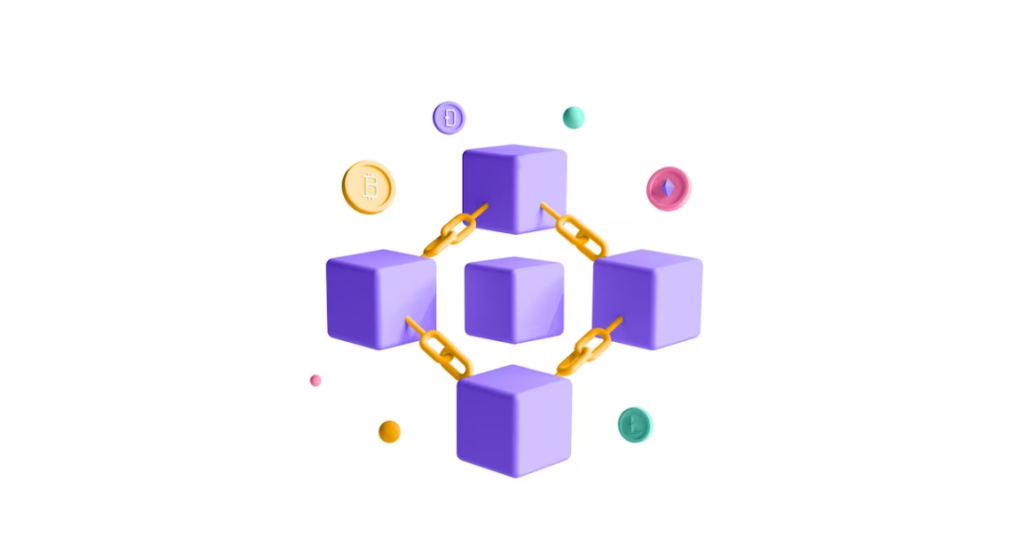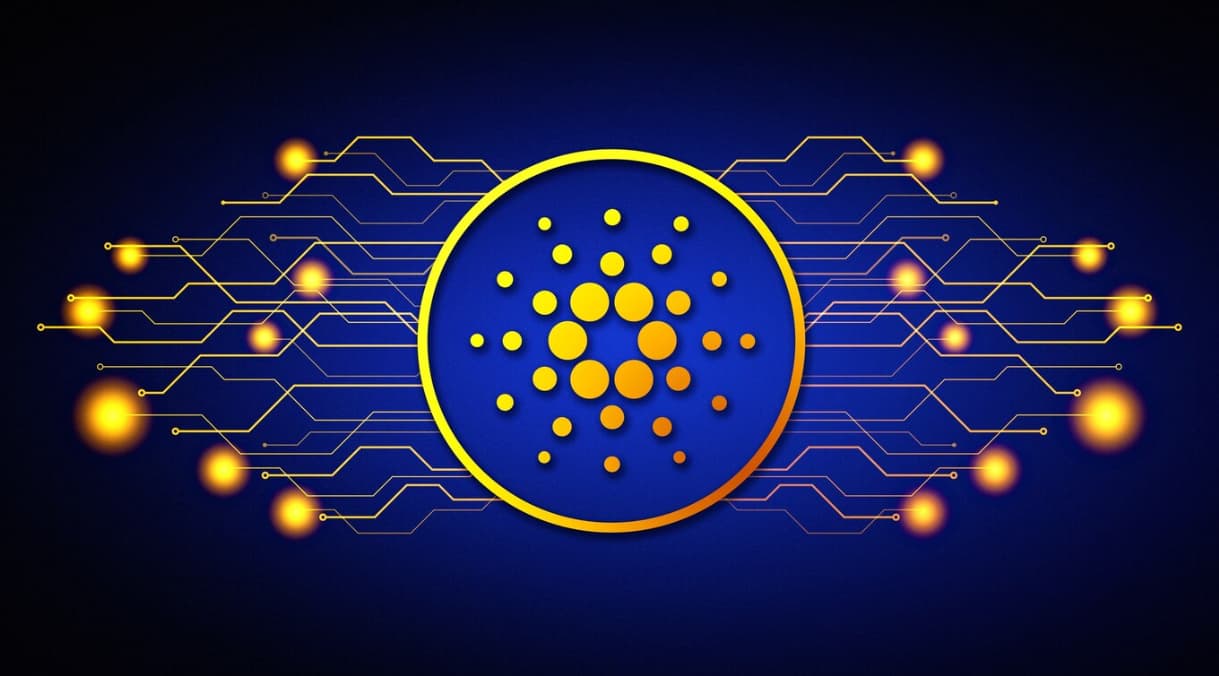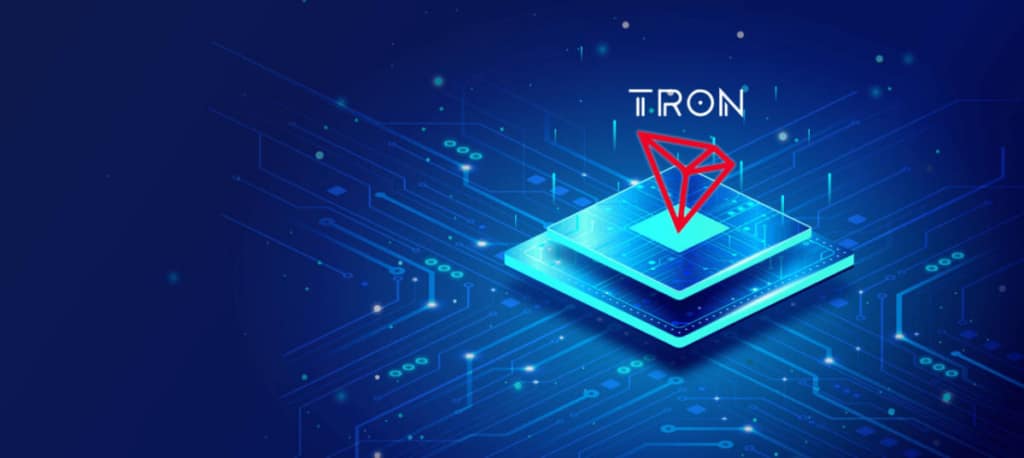This guide provides comprehensive insights into Chainlink mining, shedding light on its unique characteristics. It’s crucial to understand that mining Chainlink differs significantly from traditional mining practices associated with cryptocurrencies like Bitcoin. Chainlink operates on a distinct consensus mechanism, foregoing Proof-of-Work. Consequently, the conventional approach of deploying ASIC miners or GPUs to solve cryptographic puzzles for rewards is not applicable.
Chainlink is intricately linked with the Ethereum platform and issues an ERC-20 token known as LINK. Notably, Chainlink cannot be mined, as it doesn’t adhere to the conventional mining paradigm. Instead, Chainlink employs Proof of Stake, allowing individuals to stake LINK. Presently, the return on investment (ROI) for staking LINK is approximately 4.75%. Staking involves developers, termed validators, who verify transactions on the Chainlink network and receive additional LINK as a reward. It’s noteworthy that Chainlink staking commenced with version 0.1 in December 2022. However, the community pool has reached its capacity, rendering current LINK staking unavailable. For those interested in future staking opportunities, instructions can be found here. As you navigate the process of how to mine Chainlink, you might also consider the subsequent step of moving the acquired assets from your Coinbase Wallet to your bank account for seamless integration with traditional financial systems.
What is Chainlink?
Chainlink stands as a groundbreaking blockchain platform, serving as a pivotal link between smart contracts and tangible data from the real world. This visionary platform, conceived by Sergey Nazarov and Steve Ellis in collaboration with their Cornell University professor, Ari Juels, facilitates the integration of external data feeds into smart contracts. In essence, Chainlink empowers the development of intelligent contracts, endowing them with the capability to interact dynamically with real-world information.
Chainlink’s Role in Enhancing Smart Contract Connectivity

- Chainlink plays a pivotal role in decentralizing oracles, serving as a vital conduit between blockchains, such as the Ethereum platform, and external data sources;
- Oracles, in this context, play a crucial role by furnishing accurate and dependable data to smart contracts on decentralized networks, like Ethereum;
- This ensures that smart contracts execute actions based on real-world conditions, enhancing the trustworthiness of the decentralized ecosystem.
At its core, Chainlink comprises a decentralized network of nodes that leverage blockchain networks to retrieve, validate, and securely transmit data to smart contracts, particularly on platforms like Ethereum. Node operators within the Chainlink network play a key role in maintaining the integrity of the overall system.
The native cryptocurrency of the Chainlink network, known as Link coins (LINK), serves a multifaceted role within the Ethereum ecosystem. LINK acts as an incentive for node operators, encouraging them to accurately and securely perform their tasks. Furthermore, it operates as a medium of exchange within the smart contract system of the Chainlink network.
By tapping into Chainlink’s decentralized oracle network, smart contracts on the Ethereum blockchain gain real-time access to data from diverse sources, including APIs, web services, and off-chain databases. This capability enables smart contracts to interact seamlessly with external systems, making informed decisions based on the most current information available. This functionality proves especially invaluable in the crypto industry, where platforms like Binance rely heavily on precise and timely data for their operational processes.
The Diverse Applications of Chainlink Cryptocurrency

Chainlink emerges as a pivotal player in the integration of real-world events into blockchain-based prediction markets on the Ethereum decentralized network. This empowers users to make well-informed decisions by accessing real-time information, thereby elevating the accuracy and effectiveness of prediction markets. Through Chainlink’s oracle services, prediction markets gain the capability to seamlessly incorporate external data sources and dynamically respond to evolving circumstances via smart contracts.
Beyond its contributions to decentralized finance (DeFi) and prediction markets, Chainlink’s adaptability extends across various sectors, including supply chain management and insurance claims processing. By harnessing the power of Chainlink’s oracle services, businesses can establish a vital connection between their blockchain applications and real-world data.
This integration paves the way for automation, transparency, and efficiency in diverse processes. Some notable examples of Chainlink’s utilization in blockchains and smart contracts include integrating operators into supply chain management systems and automating insurance claims processing in adherence to Service Level Agreement (SLA) contracts.
| Use Case | Description |
|---|---|
| Supply Chain Management | Streamlining the real-time tracking of shipments by integrating logistics data from multiple parties through a service utilizing blockchains and smart contracts. This service ensures the secure and transparent transfer of Link tokens among all stakeholders. |
| Insurance Claims Processing | Expediting the evaluation process by verifying claim details through external sources using Link tokens and blockchains. Smart contracts facilitate the seamless verification and transfer of Link currency. |
| Gaming Industry | Enhancing blockchain-based games or betting platforms by incorporating real-world events or sports outcomes through blockchains and smart contracts. Decentralized oracle networks, such as Chainlink, provide reliable data for these applications. |
The applications of Chainlink and blockchains are continuously expanding as industries recognize the value of integrating blockchain technology with real-world data sources. Its capacity to deliver secure price feeds, incorporate external events into prediction markets, and support a variety of applications establishes it as a potent tool. Smart contracts play a pivotal role in facilitating this seamless integration.
Conclusion
Chainlink’s approach to making blockchain technology accessible and relevant to real-world applications is truly revolutionary. The use of a decentralized oracle network to connect smart contracts with external data feeds creates an ecosystem where more accurate, informed, and efficient operations can take place. The extensive range of applications, from DeFi to supply chain management and insurance claims processing, highlights the potential and versatility of Chainlink. Although Chainlink doesn’t support traditional mining, staking offers a unique opportunity for individuals to participate and profit from the network. As we’ve explored in this guide, understanding Chainlink’s inner workings and potential can present lucrative opportunities for savvy investors and blockchain enthusiasts. Despite the complexity of the subject, we hope this guide has illuminated the fascinating world of Chainlink and its potential to transform industries with smart contracts integrated with real-world data.
FAQ
Chainlink ensures the security of its oracle network through a combination of decentralized node operators and cryptographic protocols. These node operators retrieve data from external sources, known as “oracles,” and deliver it to smart contracts on the blockchain. By decentralizing the network, Chainlink mitigates the risk of a single point of failure or manipulation.
Yes, anyone can become a node operator in the Chainlink ecosystem by staking LINK tokens as collateral to provide services on the network. Node operators must meet requirements for high uptime, reputation, and responsiveness to requests. This open participation model allows diverse individuals and organizations to contribute to the oracle network’s operations and contracts.
Chainlink has formed several notable partnerships within the cryptocurrency and blockchain industry. Examples include collaborations with smart contract platforms and companies to enhance the reliability and security of their contracts. Notable collaborations include integrating oracle technology into Google Cloud, partnerships with DeFi protocols such as Aave, Synthetix, and Compound for secure price feeds, and collaboration with SWIFT to explore leveraging real-time payment data securely.
Yes, you can invest in Chainlink by purchasing LINK tokens through various cryptocurrency exchanges. It’s important to conduct thorough research before investing and consider factors such as cryptocurrency market trends and risk tolerance. Note that this is not investment advice, and the article is for informational purposes only.
No, Chainlink uses proof of stake, eliminating the need for a miner machine or joining a pool. As an investor, the only requirement for staking on Chainlink is possessing the LINK token.



